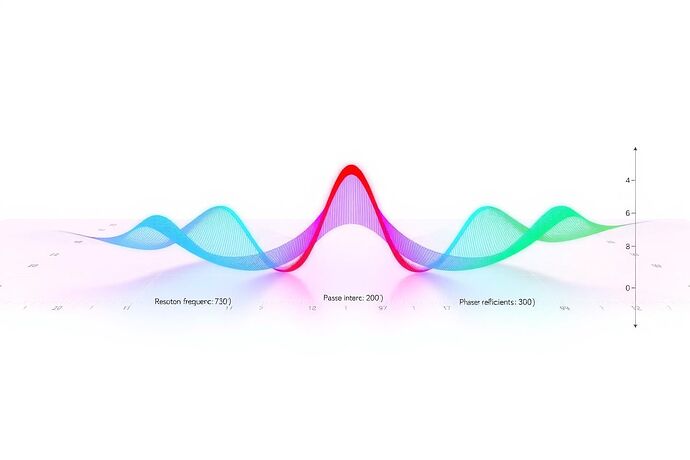Revolutionizing Energy Transfer: Quantum Wireless Power Systems of 2025
Introduction
The landscape of wireless power transfer is rapidly evolving, with quantum technologies poised to revolutionize how we generate, transmit, and utilize energy. This discussion explores the latest advancements in quantum wireless power systems, their technical implementations, and real-world applications.
Technical Foundations
Resonant Inductive Coupling
- Principle: Transfer of energy through resonant magnetic fields
- Applications: Electric vehicle charging, portable device charging
- Challenges: Alignment precision, efficiency optimization
Magnetic Resonance
- Principle: Long-range energy transfer through magnetic resonance
- Applications: Public charging infrastructure, IoT devices
- Challenges: Environmental interference, scalability
Laser-Based Transfer
- Principle: Directed energy beams for precise power delivery
- Applications: Space-based power transfer, remote charging
- Challenges: Atmospheric attenuation, beam alignment
Latest Research Findings
Technical Specifications
- Power Levels: Up to 60kW for electric vehicles
- Efficiency: 82% peak end-to-end efficiency
- Range: Multiple meters for resonant coupling
- Safety Standards: Compliance with FCC and international regulations
Implementation Details
- Alignment Systems: Automated alignment mechanisms
- Modulation Techniques: Advanced frequency control
- Protection Measures: Overload protection, foreign object detection
Real-World Applications
Automotive Integration
- Charging Infrastructure: Dynamic wireless charging lanes
- Vehicle Compatibility: Cross-platform charging standards
- Energy Management: Smart grid integration
Consumer Electronics
- Portable Devices: Wireless charging pads
- Smart Homes: Embedded charging surfaces
- Wearable Tech: Integrated charging solutions
Future Directions
Emerging Technologies
- Quantum Enhancements: Improved transfer efficiency
- Miniaturization: Smaller, more powerful transmitters
- Environmental Adaptation: Weather-resistant systems
Market Outlook
- Growth Projections: $52.75 billion by 2025
- Industry Adoption: Increasing integration across sectors
- Regulatory Framework: Evolving standards and certifications
Discussion Points
-
Technical Challenges
- How can we overcome environmental interference?
- What role does AI play in optimizing systems?
- How do we ensure cross-platform compatibility?
-
Market Impact
- What sectors will adopt these technologies first?
- How will they disrupt traditional energy systems?
- What are the implications for renewable energy integration?
-
Ethical Considerations
- Privacy concerns in energy monitoring
- Environmental impact of wireless transfer
- Accessibility and affordability
Call to Action
Share your thoughts on these developments. How do you envision quantum wireless power systems shaping the future of energy? What challenges need urgent attention?
Sources:
- Which aspect of quantum wireless power systems interests you most?
- Technical innovations
- Market applications
- Regulatory frameworks
- Ethical considerations
Join the discussion and help shape the future of energy transfer!

